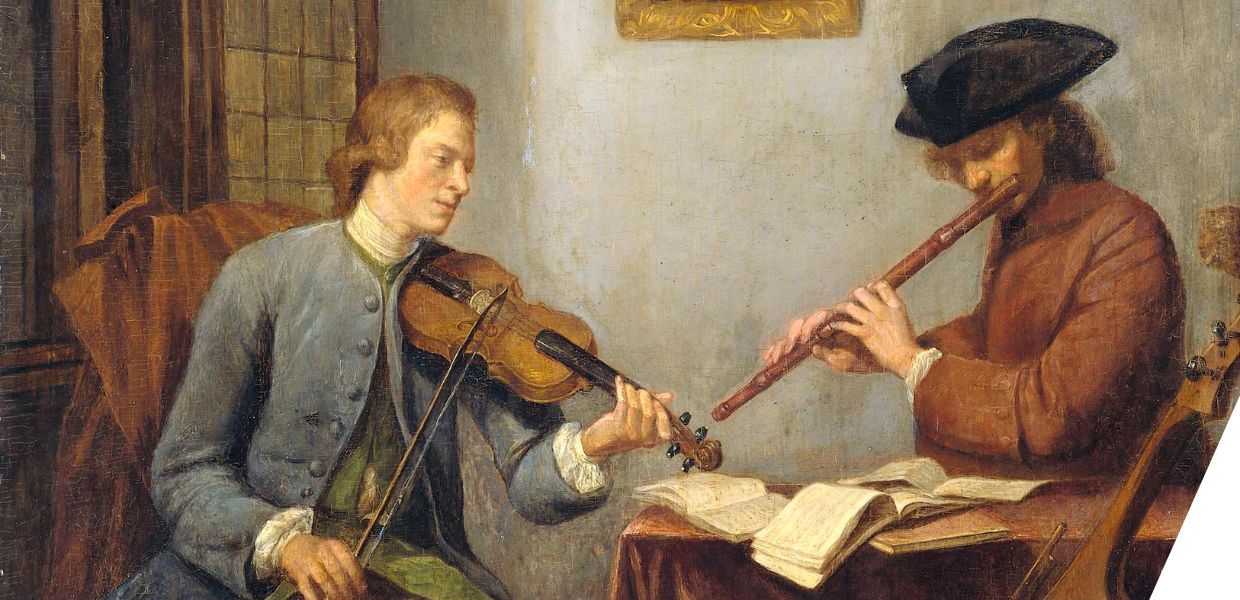The 2019 Copyright in the Digital Single Market (CDSM) Directive brought forward a legal solution for the digitisation and online dissemination of materials in the collections of cultural heritage institutions that are not in commercial circulation. Instead of asking each rightsholder for permission, the so-called ‘out of commerce works’ system relies on the conclusion of a licence with collective management organisations (CMOs), who are legally given ‘extended’ representation, and alternatively on an exception or limitation to copyright.
After almost two years of dialogue across stakeholders, a memorandum of understanding (MoU) guiding such licences for the music sector has been concluded in the Netherlands.
Maarten, can you tell us a bit about what this MoU represents for cultural heritage institutions?
The MoU marks a significant milestone, forging an important agreement between the heritage sector, rightsholders and creators in the Netherlands. It facilitates making use of the out of commerce works system, and as such lowers the legal barriers of clearing copyright, so that cultural heritage organisations can make extensive collections of musical works available that would otherwise remain locked up due to administrative costs.
We expect an increase in the online availability of musical works by several hundred thousand in the Netherlands alone. This encompasses genres ranging from pop and jazz to punk, which were previously confined to the walls of heritage institutions. In particular, local culture stands to benefit significantly, as the rightsholders of material from local bands from the past century are often challenging to identify and obtain permissions from. They can now find their rightful place in the spotlight.
The MoU honours creators' rights while satisfying society's desire for access to heritage. It will create deserved attention to these creators.
What institutions participated in the stakeholder dialogues that led to the conclusion of this MoU?
The MoU can be attributed to intensive stakeholder dialogues that spanned a period of two years. These negotiations encompassed a diverse group of significant participants, including associations representing the archive, museum, and library sectors. Playing a vital role in shaping the accord, large audiovisual archives and collective management organisations (CMOs) for the music industry, composers, lyricists, and performing artists contributed their invaluable insights.
Moreover, the dialogues included associations advocating for the interests of creators and producers, including and collaborating with the creators themselves directly. While the CMOs mostly represent the economic economic interests of the artists, these associations could represent the intention and moral rights of creators.
How were the stakeholder dialogues set up?
The stakeholder dialogues were organised and facilitated by two ministries - the Ministry of Education, Culture, and Science, along with the Ministry of Justice, both responsible for overseeing our Copyright Act. The ministries coordinated regular calls with all relevant associations in the domain. These dialogues served as a platform for encouraging the diverse groups to collaboratively develop MoUs that unlock the cultural treasures hidden within out-of-commerce works.
What conditions does the MoU establish?
The MoU establishes a public licence, empowering all legally defined heritage institutions to make out-of-commerce music accessible under the terms of the CDSM Directive. As part of this agreement, the CMO responsible for musical works applies an annual tariff for the use of these musical works. The CMO applies a nominal fee of 120 euros per 130,000 streams of music played. Each stream is counted as soon as the play is initiated.
Heritage institutions are required to submit a yearly usage report to the CMO, based on the registered works in the out of commerce works portal run by the European Union Intellectual Property Office (EUIPO). To streamline information management and minimise redundancy, we use the unique identifier provided by the EUIPO's database.
Who has signed this MoU?
The MoU has been signed by several key stakeholders in the cultural sector, including associations representing archives and museums. National audiovisual archives and a provincial archive with a notable music collection have also appended their signatures to the MoU. Most importantly, the collective management organisation responsible for representing composers and lyricists in the Netherlands (BUMA/STEMRA) has signed. They are the party that can provide permission to make these out-of-commerce musical works available under the out of commerce works system.
However, it is important to note that the collective management organisations for performing artists, while supportive of the initiative, has currently indicated that they might not have sufficient representation for out-of-commerce musical works. Nevertheless, they remain open to the possibility of future involvement, should the circumstances change.
Are there future developments planned for other types of materials?
There is interest in expanding the accessibility of other types of valuable materials. Currently, there are active discussions underway for licences or MoUs pertaining to audiovisual works, like cinematography and programmes from broadcasters, and periodicals, including newspapers and magazines. We expect that these will be finalised in 2023. We have the ambition to commence discussions on sheet music and stand-alone images.


